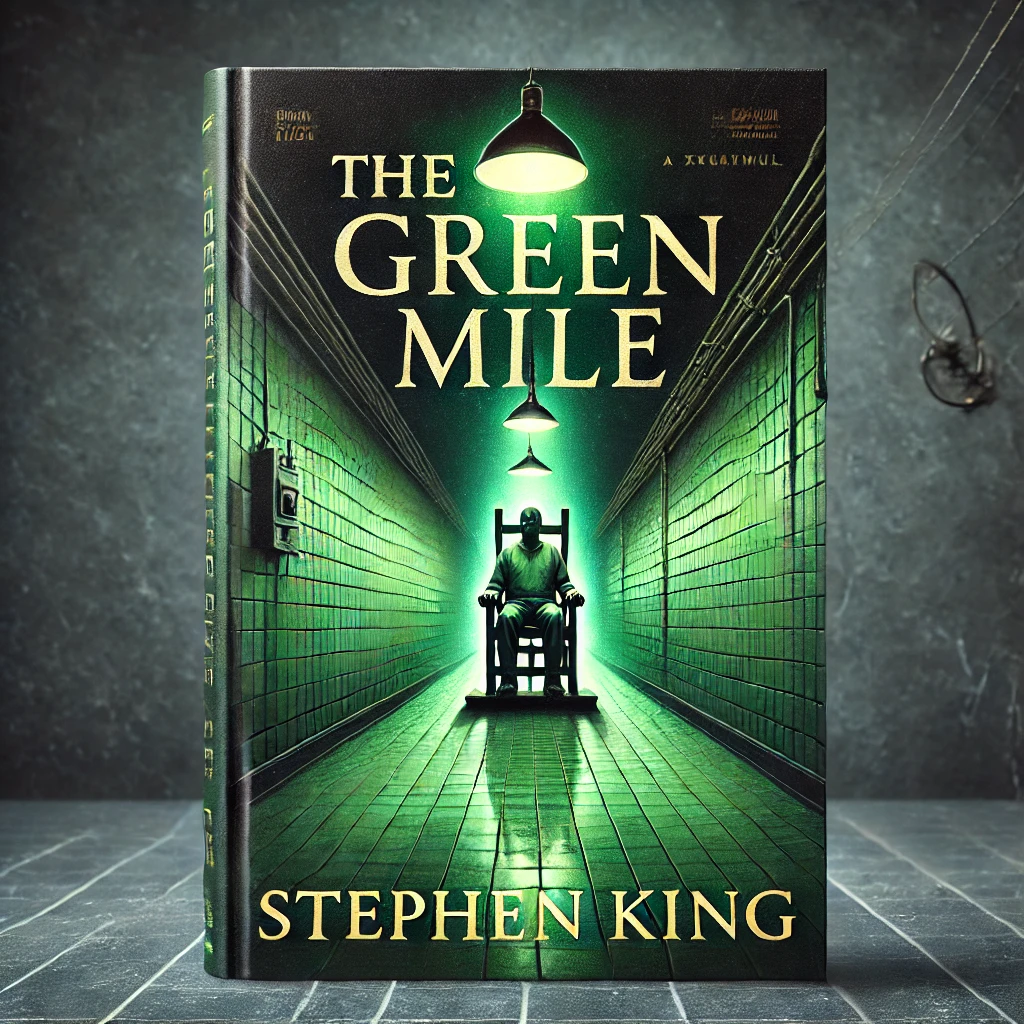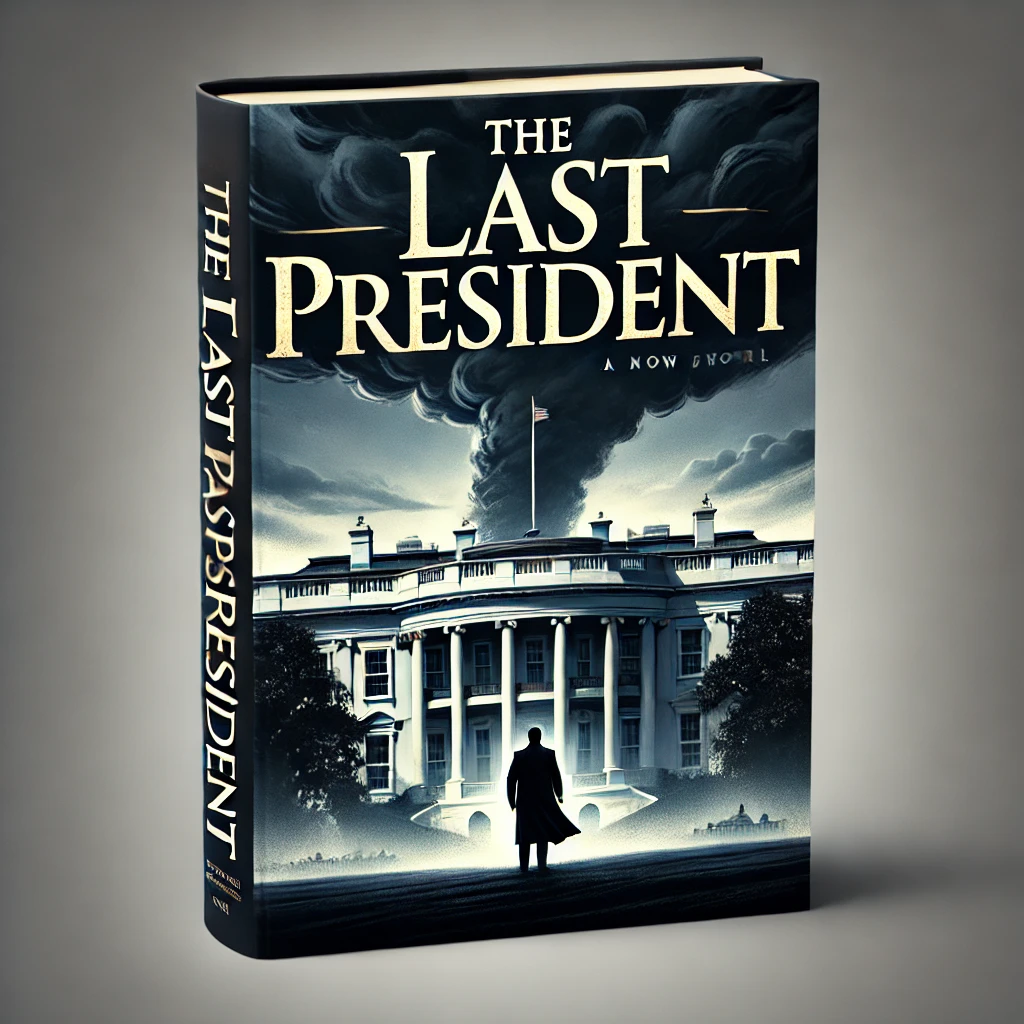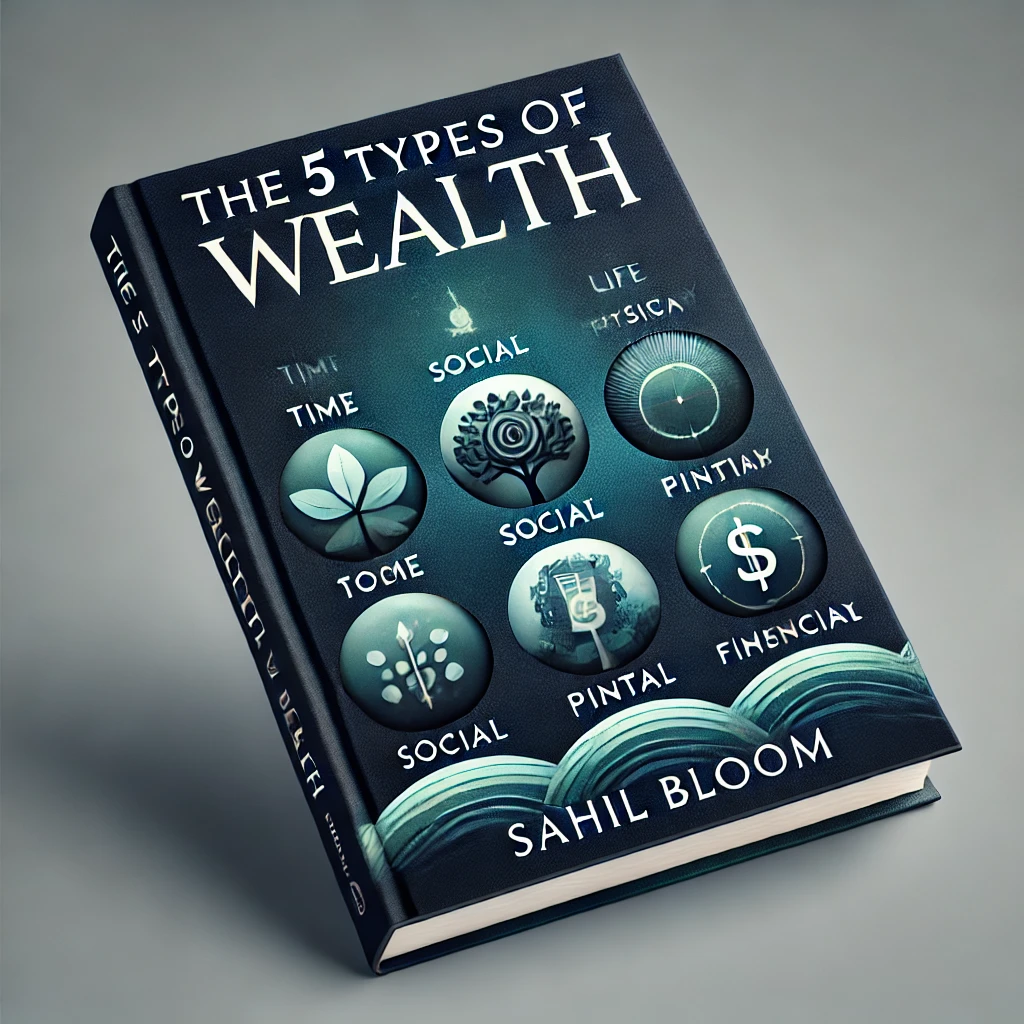Stephen King’s The Green Mile is an extraordinary tale of crime, punishment, and the supernatural that has captivated readers since its publication in 1996. This serialized novel, set in the Great Depression era, combines emotional depth, suspense, and moral questions about humanity and justice. Below, we explore the key themes, characters, and plot details of this iconic work.
Overview of The Green Mile
Published as a six-part series, The Green Mile is a gripping story that transports readers to Cold Mountain Penitentiary’s E Block, better known as “The Green Mile,” where death row inmates await their final walk to the electric chair. The narrative is framed as a memoir written by Paul Edgecomb, a retired prison officer who witnessed inexplicable events during his tenure.
This masterpiece delves deep into the themes of morality, redemption, and the supernatural, making it one of Stephen King’s most profound works. Its cinematic adaptation in 1999 further solidified its status as a cultural phenomenon.
The Setting: Cold Mountain Penitentiary
Cold Mountain Penitentiary is not just a prison—it is a microcosm of human suffering, resilience, and hope. The Green Mile, named after the faded green linoleum that lines its floors, serves as the physical and metaphorical path to the inmates’ ultimate fate. Stephen King uses this setting to heighten the tension and explore the emotional weight of the characters’ journeys.
Main Characters in The Green Mile
Paul Edgecomb
Paul Edgecomb, the head prison guard, is the story’s narrator. His transformation throughout the novel underscores the profound moral dilemmas he faces as he grapples with questions of justice, compassion, and faith.
John Coffey
John Coffey is a towering, gentle African American inmate wrongfully convicted of the rape and murder of two young girls. His miraculous healing abilities and profound empathy reveal him to be a Christ-like figure, challenging the prejudices and moral convictions of those around him.
Brutus “Brutal” Howell
Brutal is one of Paul’s most trusted colleagues. Despite his nickname, he is kind-hearted and deeply loyal, embodying the balance between strength and compassion.
Percy Wetmore
Percy Wetmore is an antagonistic prison guard who abuses his authority. Nepotism secures his position, and his cruel, sadistic behavior contrasts sharply with the moral integrity of Paul and his team.
Eduard “Del” Delacroix
Del is a French-speaking inmate who forms a bond with a mouse named Mr. Jingles. His relationship with the mouse and his eventual execution provide some of the most poignant moments in the story.
William “Wild Bill” Wharton
Wild Bill is a violent and unpredictable inmate whose actions reveal the true nature of the crime for which John Coffey has been convicted.
Plot Summary
The Arrival of John Coffey
The novel begins with the arrival of John Coffey at Cold Mountain Penitentiary. Standing over seven feet tall and possessing a childlike demeanor, Coffey’s presence immediately sets him apart. Paul and his team soon discover his miraculous ability to heal others, as he cures Paul’s severe urinary infection and revives Mr. Jingles after Percy attempts to kill the mouse.
The Complexity of Justice
Through flashbacks and interactions with the inmates, Paul grapples with the moral complexity of his role. The contrast between Coffey’s innocence and Wild Bill’s malevolence underscores the flaws in the justice system.
John Coffey’s Sacrifice
The climax of the story revolves around Paul and his team’s discovery of the truth: Wild Bill was responsible for the murders that led to Coffey’s conviction. Despite this revelation, Coffey refuses to escape or fight for his innocence, claiming that the world’s cruelty is too much for him to bear. His execution becomes a moment of profound tragedy and reflection.
The Aftermath
In his later years, Paul reflects on the events of The Green Mile, grappling with the burden of having witnessed miracles and the inescapable passage of time. The story concludes with a poignant reminder of mortality and the enduring impact of compassion and justice.
Themes in The Green Mile
1. The Nature of Good and Evil
Stephen King masterfully explores the duality of good and evil through his characters. John Coffey represents pure goodness and innocence, while Wild Bill embodies unrepentant evil. The story questions the societal tendency to judge others based on appearances rather than actions.
2. Redemption and Forgiveness
Redemption is a recurring theme in The Green Mile. Paul’s compassion for the inmates, especially Coffey, reflects his internal struggle for redemption. Del’s bond with Mr. Jingles and his acceptance of his fate further highlight the power of forgiveness.
3. The Flaws of the Justice System
Through Coffey’s wrongful conviction, King critiques the fallibility of the justice system. The novel challenges readers to consider the devastating consequences of prejudice and systemic injustice.
4. The Supernatural as a Metaphor
Coffey’s healing abilities serve as a metaphor for hope, faith, and the inexplicable mysteries of life. The supernatural elements enrich the narrative, elevating it beyond a simple prison drama.
Why The Green Mile Remains Relevant
More than two decades after its publication, The Green Mile continues to resonate with readers worldwide. Its timeless themes of justice, humanity, and the supernatural ensure its place as a literary classic. The novel’s emotional depth and moral complexity make it a compelling read for anyone seeking a profound exploration of the human condition.
Cultural Impact and Legacy
The novel’s adaptation into a critically acclaimed film further cemented its legacy. Directed by Frank Darabont and starring Tom Hanks as Paul Edgecomb and Michael Clarke Duncan as John Coffey, the 1999 movie brought the story’s powerful themes to a wider audience. The film’s success at the box office and multiple Academy Award nominations are a testament to the enduring appeal of King’s narrative.
Additionally, The Green Mile has inspired countless discussions about capital punishment, systemic racism, and the possibility of miracles in everyday life. Book clubs, academic circles, and casual readers alike continue to find new insights in its pages.
Lessons We Can Learn from The Green Mile
Empathy Transcends Differences
The bond formed between the prison guards and John Coffey serves as a reminder that empathy can bridge even the widest gaps. By understanding and caring for one another, we can overcome prejudice and fear.
The Power of Second Chances
Through characters like Paul and Del, King emphasizes the importance of redemption and the opportunity for individuals to change. The story challenges us to look beyond past mistakes and offer forgiveness when warranted.
The Impact of Moral Courage
Paul’s decision to honor Coffey’s wishes, despite the moral weight it places on him, exemplifies the strength required to act according to one’s principles. His courage serves as an inspiration to stand up for what is right, even in the face of great personal cost.
Conclusion
Stephen King’s The Green Mile is a masterful blend of suspense, drama, and moral inquiry. Through its richly developed characters, evocative setting, and thought-provoking themes, the novel challenges readers to confront their own beliefs about justice, compassion, and the nature of good and evil. It is a testament to King’s storytelling prowess and his ability to weave supernatural elements into deeply human narratives.












